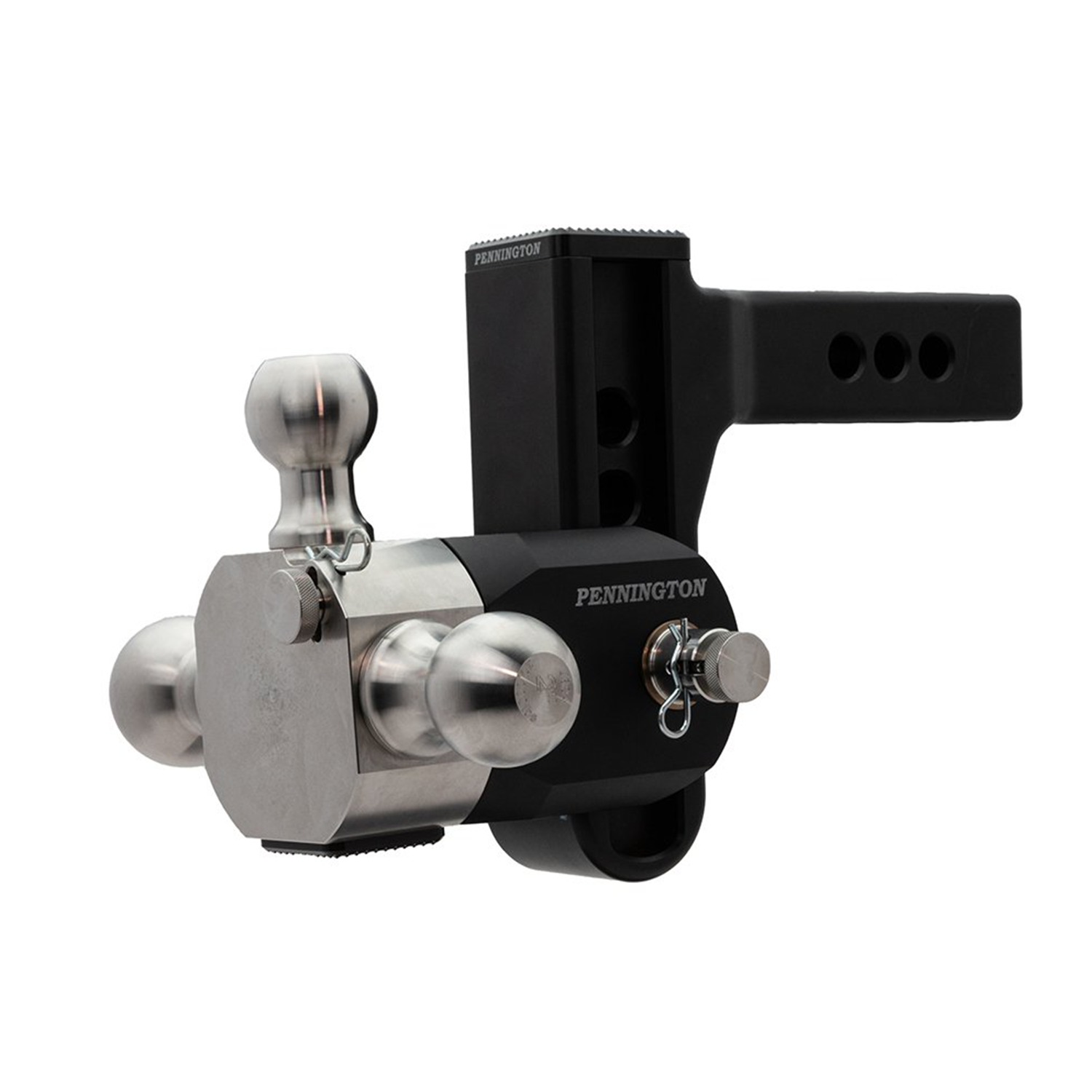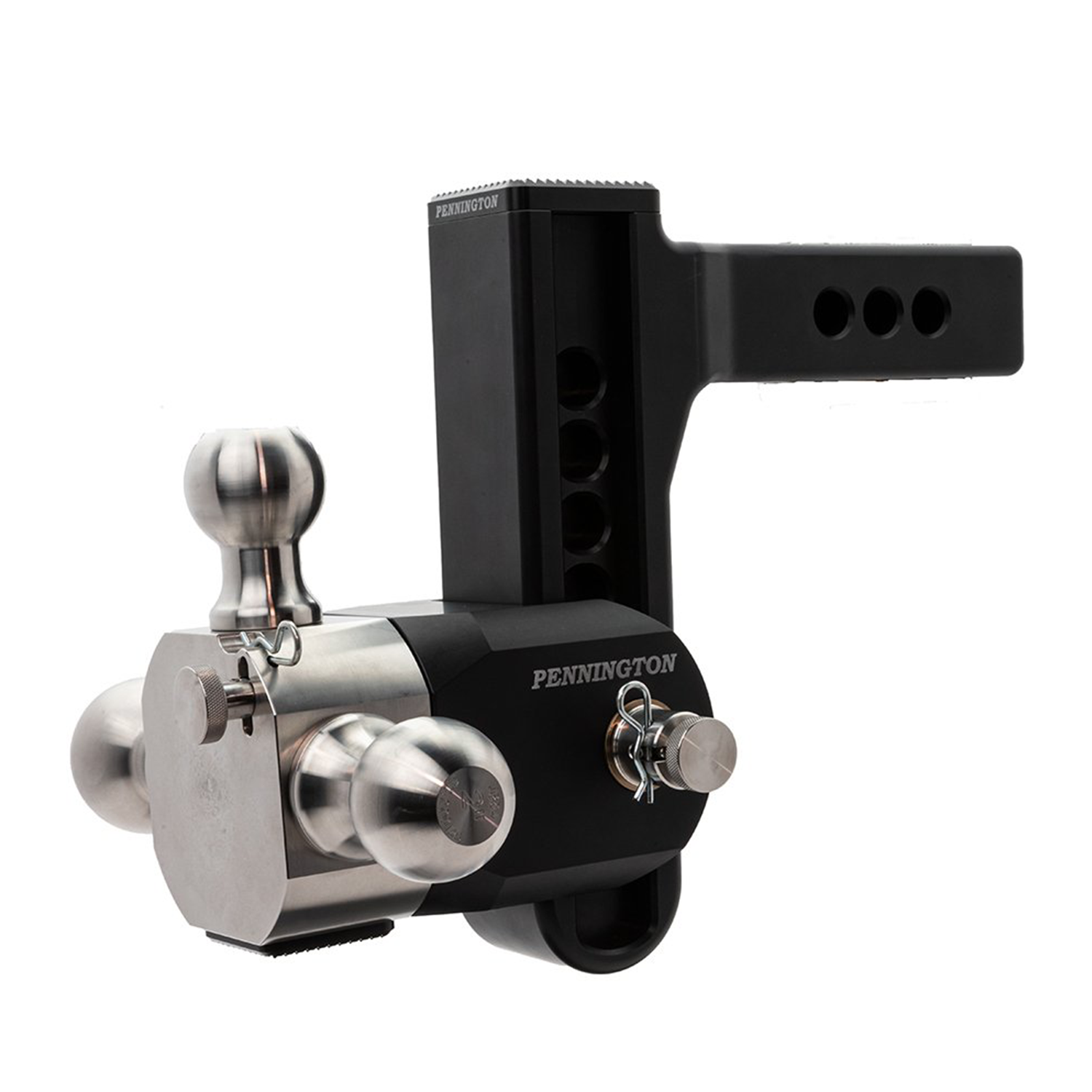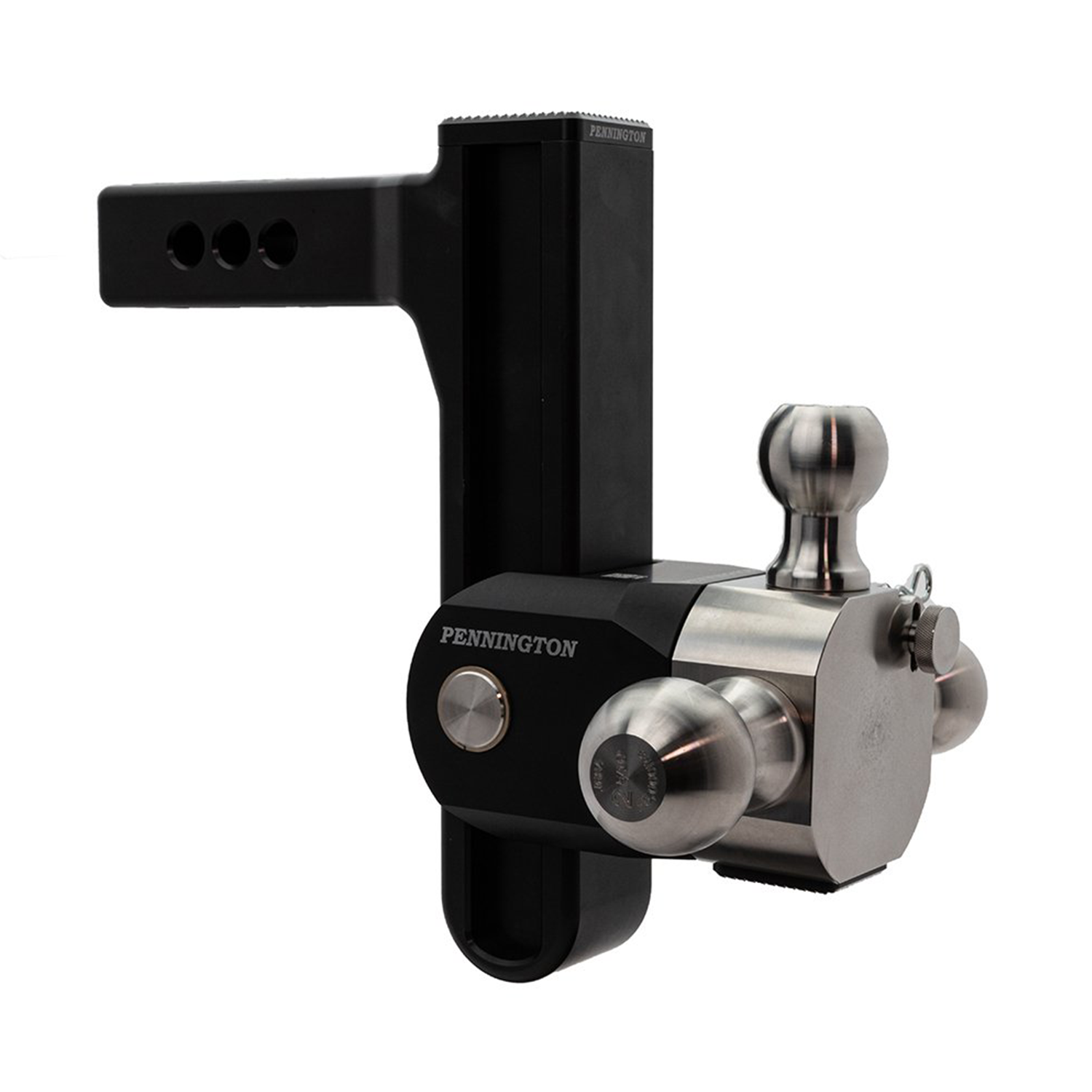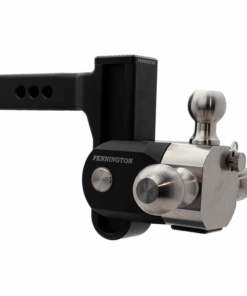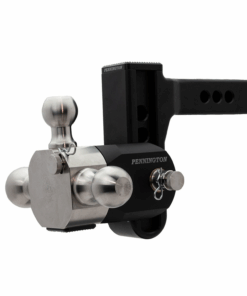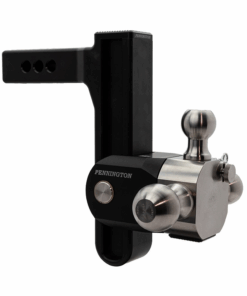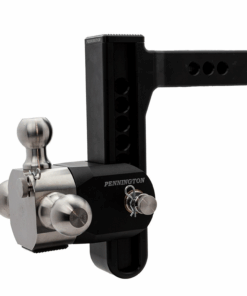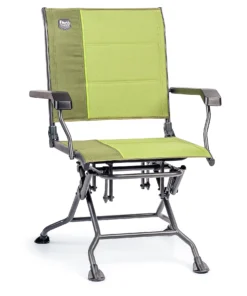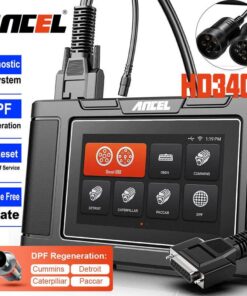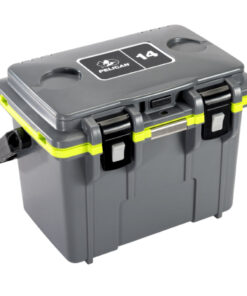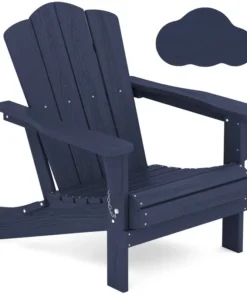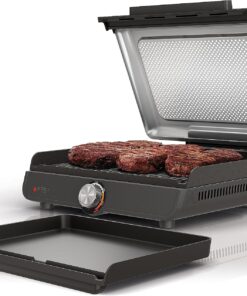-
×
 Slushie Machine 1 × $39.99
Slushie Machine 1 × $39.99
Description
The Pennington Hitch Co Receiver Hitch is available in 2.0″ and 2.5″ sizes with 4″, 6″, and 8″ drop options. Each hitch is built with the highest quality materials and craftsmanship.
All Pennington Hitch products are rigorously tested to meet SAE-J684-2014 standards.
Specifications:
- 4” Drop – 2.0” → 19,500 GVWR | 1,950 lbs Tongue Weight
- 4” Drop – 2.5” → 19,500 GVWR | 1,950 lbs Tongue Weight
- 6” Drop – 2.0” → 19,500 GVWR | 1,950 lbs Tongue Weight
- 6” Drop – 2.5” → 19,500 GVWR | 1,950 lbs Tongue Weight
- 8” Drop – 2.0” → 14,500 GVWR | 1,450 lbs Tongue Weight
- 8” Drop – 2.5” → 19,500 GVWR | 1,950 lbs Tongue Weight
Safety Precautions
- Familiarize yourself with your vehicle’s towing capacity, as specified in the owner’s manual.
- Never exceed maximum and gross trailer weight specified by the trailer hitch manufacturer.
- Adhere to all local and national laws regarding towing and trailer safety.
Trailer Hitch Components
- Receiver Tube: The main part of the trailer hitch that slides into the vehicle’s receiver.
- Coupler: Connects to the trailer tongue and secures it to the trailer hitch.
- Mounting Hardware: Bolts and other fasteners used to secure the trailer hitch to the vehicle.
Installation Instructions
- Ensure that your vehicle is parked on a level surface and engage the parking brake.
- Remove any components obstructing access to the vehicle’s receiver.Align the trailer hitch with the receiver and slide it in until the pin holes align.
- Select the appropriate height for the hitch by pulling the attached pin and sliding into place.
- Using the front pin, rotate the hitch to select the correct ball size, locking it into place. Reinstall manual safety spring-pin (attached) by sliding safety pin into designated space.
- Tighten all mounting hardware to the specified torque settings provided by the manufacturer.
- Test the connection by applying gentle pressure to ensure a secure fit.
- Store the hitch by pulling out on the side pin, sliding the hitch down, and rotating the hitch 180 degrees to tuck it securely into storage position–ensuring that the hitch locks into place.
Care and Maintenance
- Regularly inspect the trailer hitch for signs of structural damage.
- Check the tightness of all mounting hardware before each towing operation.
- Clear the receiver tube of dirt, debris, and obstructions that may hinder proper attachment.
- Clean and lubricate the hitch balls regularly to ensure smooth operation and reduce wear.
Towing Tips
- Ensure that the trailer load is evenly distributed and properly secured.
- Test the trailer lights and brakes before each towing operation.
- Adjust your driving habits when towing to account for increased braking distance, slower acceleration, and wider turns. Be mindful when maneuvering with a trailer attached.
- Be mindful of the additional length and height when maneuvering with a trailer attached.
Related products
ALL Shop
Rated 5.00 out of 5
$29.99 – $39.99
$29.99 – $39.99
$34.98 – $39.99
ALL Shop
$26.99 – $49.99
$29.99 – $39.99
$39.99 – $49.99
Sale!

 Slushie Machine
Slushie Machine 
